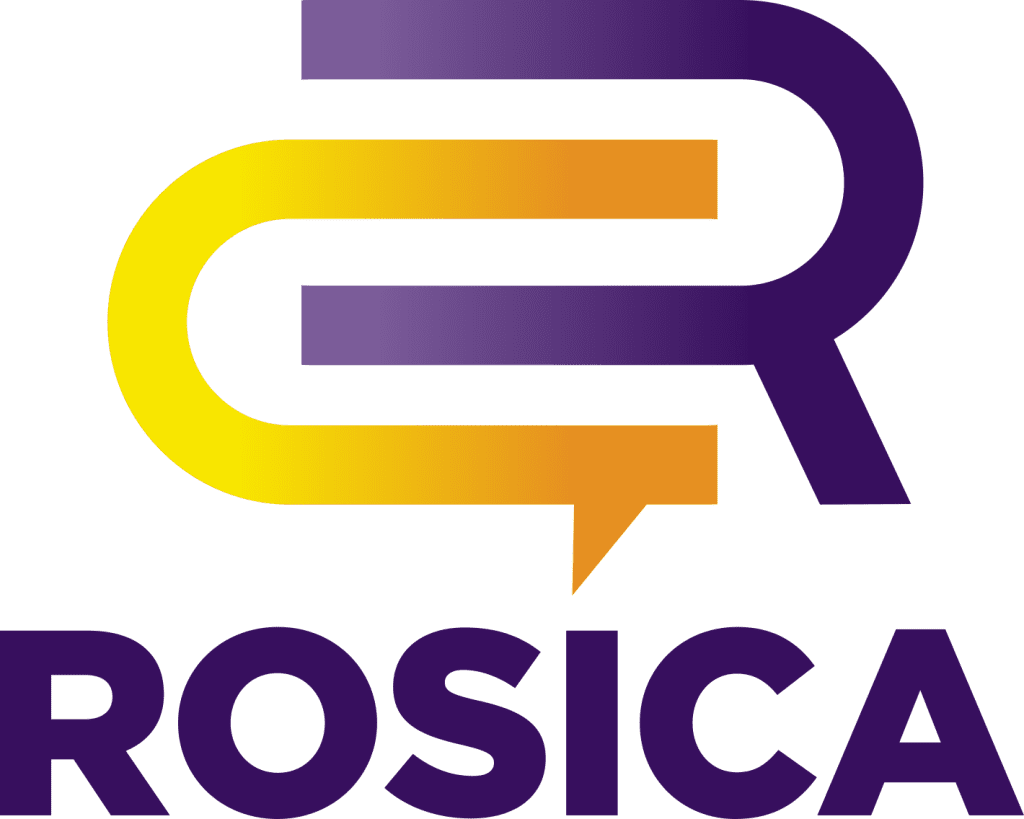from NJ Biz
1/7/2008
By Shankar P.
In August, private investigators hired by New Brunswick’s Johnson & Johnson drew a trail leading from 700 pharmacists, eight wholesalers and two importers to the Shanghai nerve center of a global counterfeiting racket. The investigators’ only lead a year earlier, according to media reports, was a single fake box of J&J’s OneTouch brand of test strips that diabetes patients use to check blood-sugar levels.
Johnson & Johnson is just one among several pharmaceutical companies that constantly run the risk of seeing counterfeit versions of their branded products infiltrate distribution chains and land in local drugstores.
“Any one major incident can hurt the brand,” says Narendra Srivatsa, business development manager at Cortegra, a specialty packaging firm in Fairfield that counts J&J, Hoffmann-La Roche and Pfizer among its clients.
Driven mainly by concerns over patient safety, pharmaceutical companies are stepping up their efforts to combat the menace of counterfeit versions of their prescription products, Srivatsa says.
Any laxity could expose them to expensive product recalls and brand name erosion, says Srivatsa. By comparison, “the investment is minimal” in anticounterfeiting packaging, he notes.
Ensuring “product security” is critical for a pharmaceutical company, says Srivatsa. Besides counterfeiting, diversion of products meant for one market to another also compromises product security, he says.
Pharmaceutical manufacturers choose from a variety of options to both track and trace their products through the distribution chain and prevent counterfeiting, says Srivatsa. These options are recommended by the U.S. Food and Drug Administration (FDA), but not specifically mandated, he says.
Available technologies include product serialization so a trail can be traced to manufacturers; holography or special coatings that can include messages and bar codes; “color shifts” where the colors on a product’s label change when viewed from different angles; “taggants” or chemical markings for identification; and RFID (radio frequency identification) that allows for remote tracking of products through the use of tags.
Cortegra has carved out a niche because its pharmaceutical industry clients either do not have some of those technologies in-house, or have inadequate packaging capacity.
Cortegra’s printing facilities are spread across Fairfield, Elmwood Park, Morrisville, N.C., and Evansville, Ind. It is a subsidiary of Menasha Corp. in Neenah, Wis., which is 150 years old and the country’s third oldest manufacturing company, says Srivatsa.
The next big change the pharmaceutical packaging industry is bracing for is “pedigree legislation,” which some states are considering, says Srivatsa. This legislation will take effect in California and several states beginning Jan. 1, 2009, he says.
Pedigree legislation would require manufacturers to provide for electronic transfer of product information as it moves from a manufacturer to a wholesaler and then through the distribution channels to the drugstore, says Srivatsa.
New Jersey is still debating the pros and cons of the pedigree legislation, says Srivatsa. On a related front, pharmaceutical manufacturers need to arrive at a consensus on minimum standards for product security and the preferred technologies to ensure it, he says.
“There is also some level of concern at the pharmacist level about pedigree legislation because there is no standardization,” says Srivatsa. He says many pharmacists worry about how much, and how often, they would need to invest in devices to read any new tags.
The challenges faced in product security have grown with the spread of purchasing prescription drugs through the Internet, says Srivatsa. Another set of imponderables for printing and packaging firms like Cortegra arises from the complexities involved in pharmaceutical manufacturing across multiple global locations, he adds.
While the pharmaceutical industry and its packaging suppliers wait for standardized protocols to evolve, Secure Symbology Inc. in Wayne has found a way to innovate.
Secure Symbology has designed advanced bar-code technology that is unique to each sales item and can be tracked all the way through the supply chain to the manufacturer, says CEO Graham Sampson. He says he owns more than a dozen patents for this technology.
Sampson says that unlike RFID, his invention—called a 2-D composite serialized bar code—does not require new reader systems, which should make it easier to be accepted into distribution chains.
Sampson points to a built-in security feature of his technology: If a product’s serial number doesn’t match the distributor’s inventory records, the FDA is automatically alerted, along with the original distributor and the manufacturer.
“The core of what we do is collect data that allows us to ensure that the consumer gets a guaranteed pedigree product,” says Sampson, whose company was recognized by NJBIZ in 2007 as Emerging Business of the Year.
For more information, please visit www.securesymbology.com.
Public Relations Contact: Rosica Strategic Public Relations
